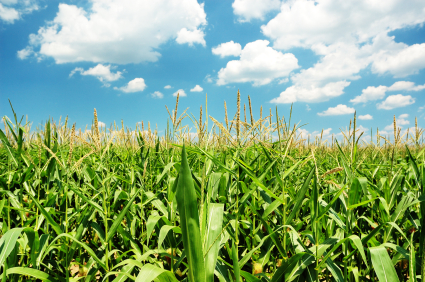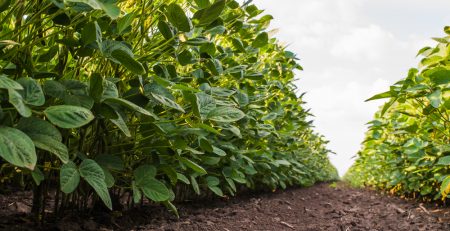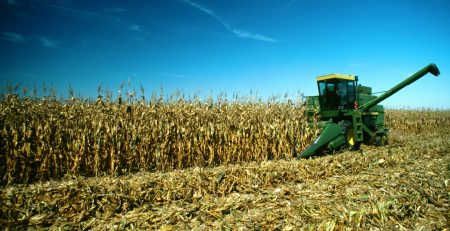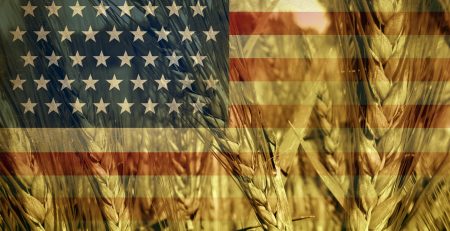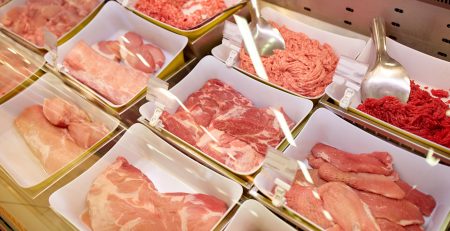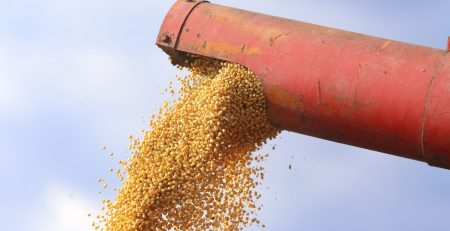Does Residue Grazing Affect Later Crop Yields?
Stalk grazing appears to have no negative effect on subsequent corn or soybean yields.
Grazing on harvested corn fields provides a fall and winter management option for cattle owners and an income opportunity for landowners. Baling corn residue also provides an option for farmers to sell bales for feed or bedding. Either process does, however, remove nutrients and organic material from a field, while grazing also recycles some nutrients and organic material in manure.
Grazing or baling practices could affect subsequent crop-management decisions, and thus influence equitable lease rates for stalk grazing or bale prices. University of Nebraska researchers recently conducted a two-year study to evaluate the effects of grazing on subsequent yields and nutrient removal from baling at five locations in Nebraska. Their report, titled “Effect of Corn residue Grazing or Baling on Subsequent Crop Yield and Nutrient Removal,” is published in the 2017 Nebraska Research Report.
The researchers compared three treatments on each site:
- Control fields with no grazing or baling
- Grazing residue, with a target of removing 50% of husk and leaf components, with stocking rates determined using the University’s Corn Stalk Grazing Calculator.
- Baling residue following harvest, with bales sampled and analyzed for nutrient content.
Corn and soybean yields varied widely between sites, based on weather, soil types and management systems, the researchers note. Yields between treatments at each site however, did not differ significantly.
The researchers did find a difference in residue cover following each treatment, with control fields averaging 88.7% cover, grazed fields averaging 77.5% and baled fields averaging 45.8% cover. They note that baled fields in this test had a slight numeric yield advantage over control fields. They speculate that baling might have resulted in better nitrogen availability in the short term, and possibly allowed the soil surface to warm up more quickly in the spring.
The amount of nutrients removed by baling residue varied between sites, but averaged 42 pounds of nitrogen per acre, 60 pounds of calcium expressed as CaCO3 equivalent and 4.3 pounds of phosphorus (P2O3). Potassium (K2O) removal varied widely, from 22 to 285 pounds per acre.
The researchers conclude that grazing or baling corn residue provides a feed resource without negatively affecting subsequent corn or soybean yields. Baling does, however, remove nutrients, and the amount varies widely. Farmers should weigh and sample bales to create an estimate of nutrient removal and fertilizer requirements in the long term.
This article was first published on https://www.qtwebhostdemo.com.

